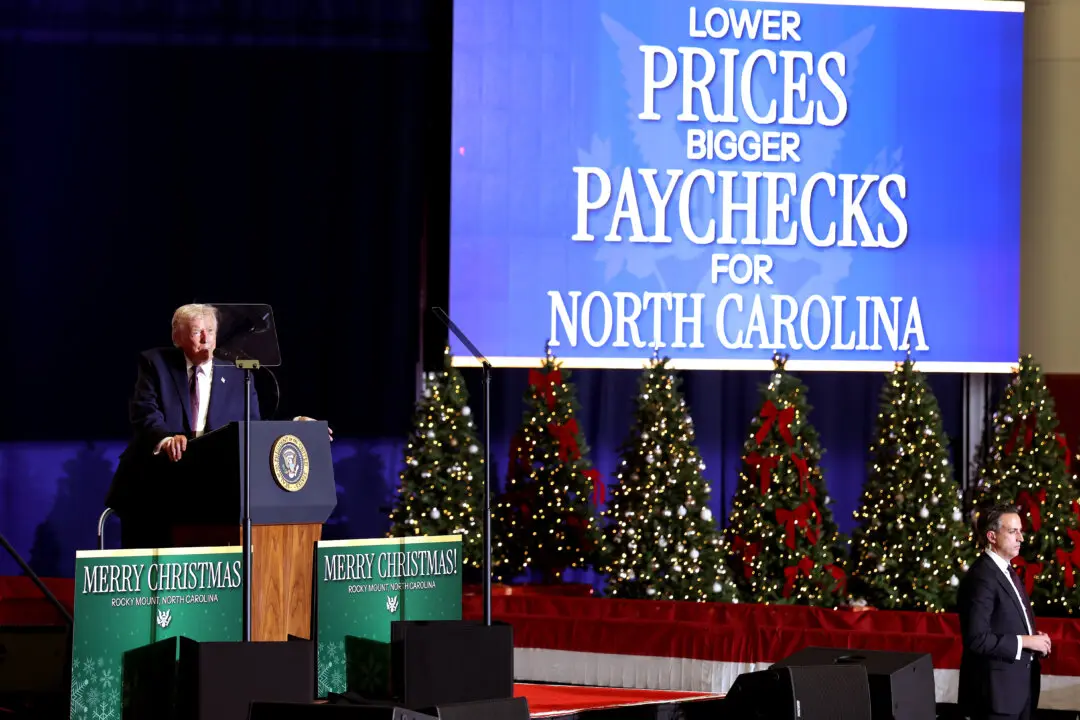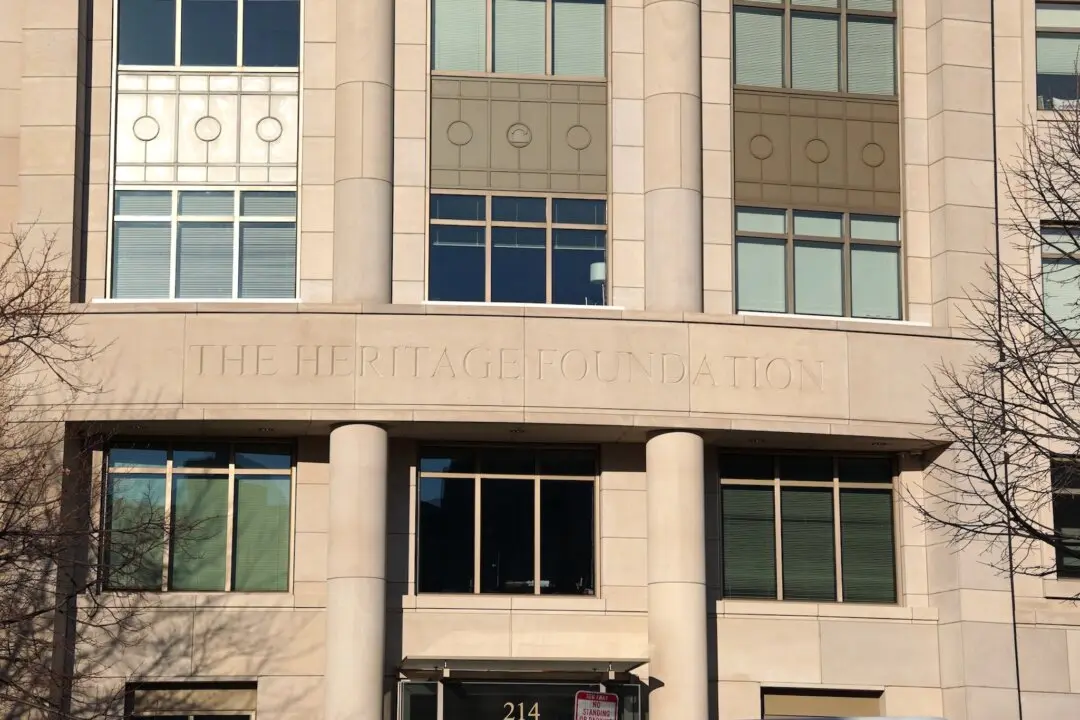WASHINGTON—The Paycheck Protection Program (PPP), which is an incentive for small businesses to keep their employees on the payroll during the health crisis, helped businesses to improve cash flow in the initial weeks of the program and it mainly flowed to areas less hard hit by the virus, according to a study by the University of Chicago’s Becker Friedman Institute.
The scholars who examined the early effects of the relief loans on businesses and local economies found that the firms had used the first round of PPP funds to strengthen their balance sheet and liquidity.





